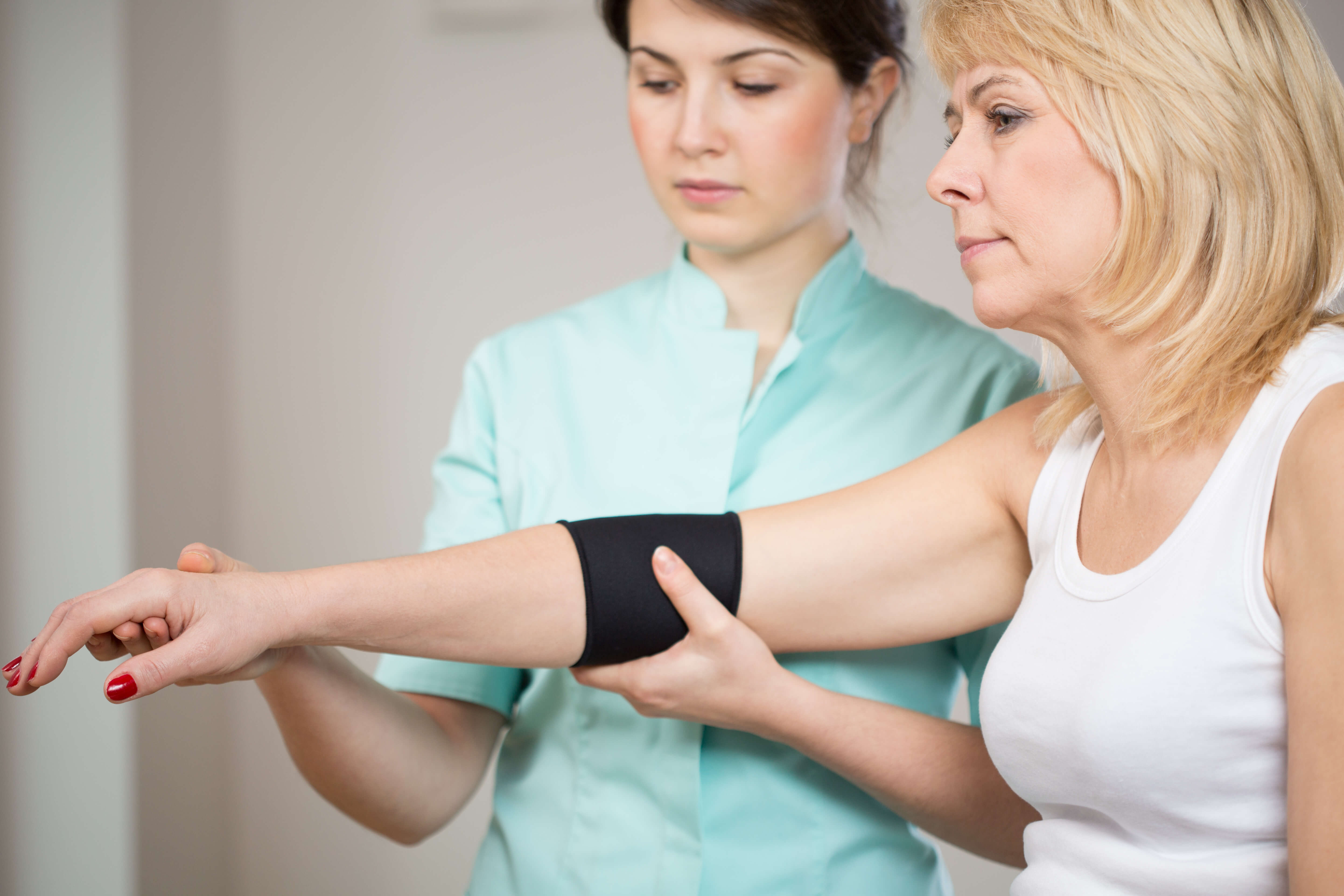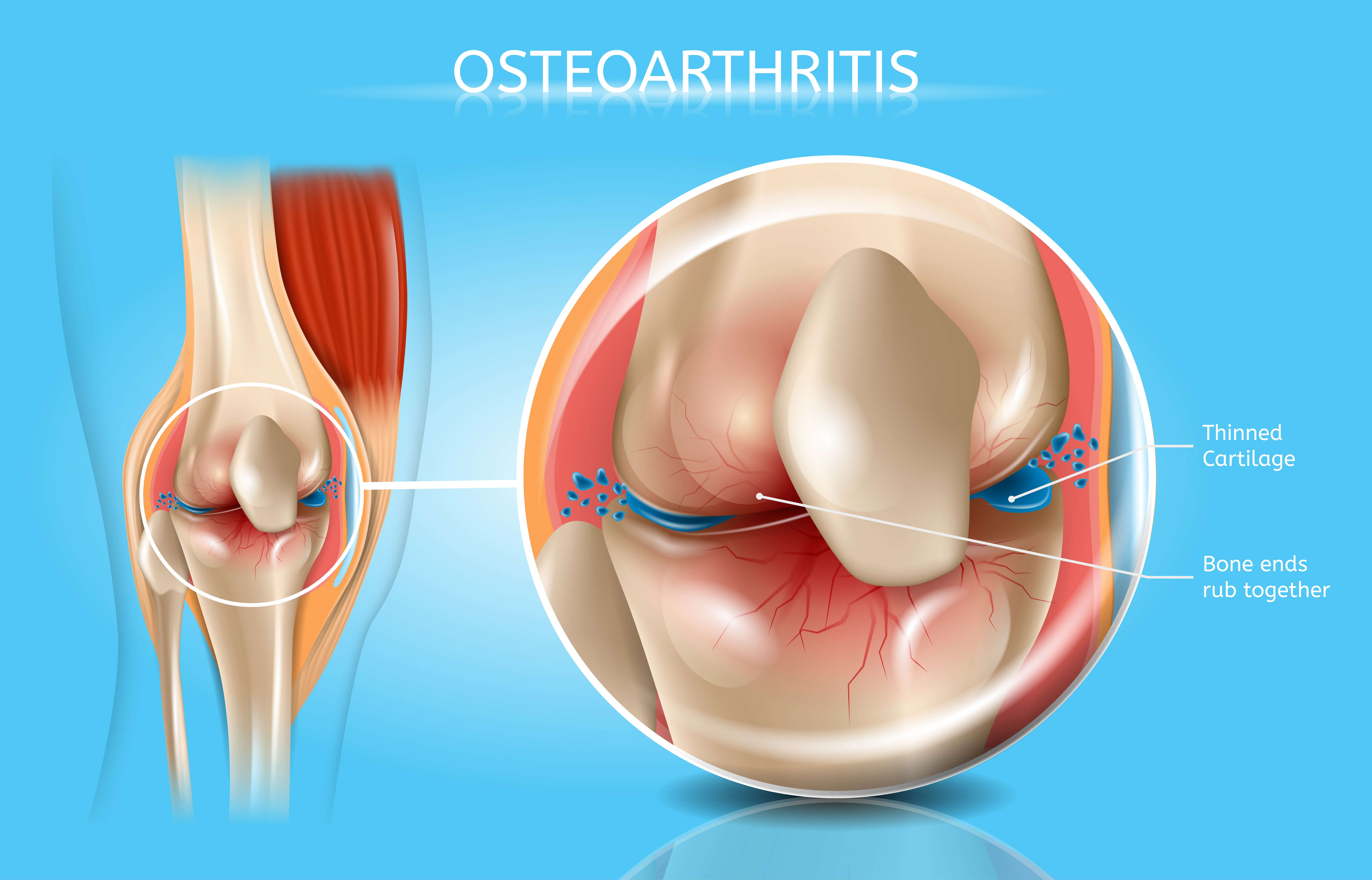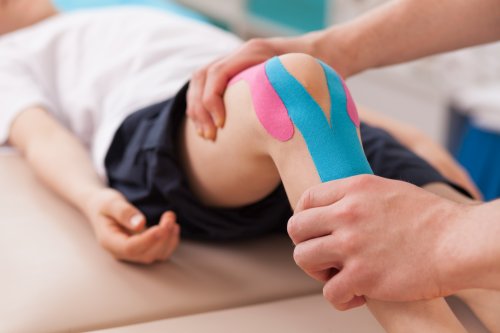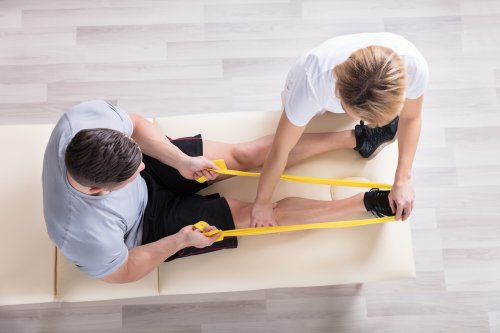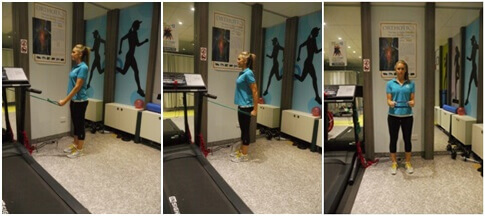Physio for Neurological Conditions
Neurological physiotherapy offers promising rehabilitation results to patients who suffer from primary neurological and neuromuscular disorders or conditions which have indirectly affected the brain and the nervous system. If your GP advised that you need to talk to a neuro physio specialist, you will be getting combined help. This includes the latest discoveries and trends in advanced neurology, as well as exercise to help you heal or improve acute, degenerative, functional, and traumatic neurological conditions.
What Is Neurological Physiotherapy?
Neuro physiotherapy is a medical branch. It includes specialist treatment to rehabilitate patients who endure the consequences of conditions that affect the brain and the nervous system. If you think of reasons such as injury, trauma, a long-term illness, or genetics, you are right. For instance, prolonged neurological physiotherapy can help people suffering from Alzheimer’s disease, epilepsy, multiple sclerosis, or migraines.
Many patients who require neurological physio help have a range of typical symptoms, that are more or less common:
- Muscular weakness
- Decreased sensation
- Loss of balance and coordination
- Seizures, spasms, and tremors
- Improper breathing
- Poor heart health
- Difficulties with cognitive abilities, reading and writing
- Loss of movement skills, partial or total paralysis
Neurological disorders cause some type of structural, biochemical or electrical abnormalities in the brain, spinal cord or other nerves. These make it difficult for people to move, or to use their body and brain in an optimal way.
Common Medical Conditions that Benefit from Neurological Physiotherapy
We need all our nerves to function to the highest standard. Unfortunately, illness is part of life and, sometimes, it can affect our neurological health. Neurological physiotherapy can help you restore the lost health, at least partially if not in full, and ease down the pain of the declining functioning.
Depending on the particular disease, symptoms can show in a milder or stronger form. But the common denominator for the hundreds of neurological conditions is that, somehow, a part of the nervous system has been damaged and cannot support the organism properly. Therefore, hospitalisation or at-home physiotherapy exercises can give some slack with the following neurological conditions:
- Stroke
- Multiple Sclerosis
- Parkinson’s disease
- Traumatic Brain Injury
- Spinal Cord Injury
- Brain Tumour
- Brain Aneurysm
- Chronic Regional Pain Syndrome
- Muscular Dystrophy
- Cerebral Palsy
- Neuropathy
- Multi-System Atrophy
- Bells Palsy
- Myositis
Naturally, each neurological condition on this list has its own peculiarities. That’s why you should describe your symptoms to our physiotherapist at Pro-Fit Physio in more detail so that you can get specific advice and treatment on the type of disorder you need assistance with.
Physiotherapy for Degenerative Neurological Conditions
Degenerative neurological conditions are debilitating, if not life-threatening. With regular neuro physiotherapy treatments, symptoms can be made more bearable. Typical degenerative nerve diseases which affect human motor capabilities, heart and breathing, as well as speaking are:
- Alzheimer’s disease
- Amyotrophic lateral sclerosis
- Friedreich’s ataxia
- Huntington’s disease
- Lewy body disease
- Parkinson’s disease
- Spinal muscular atrophy
Even if many of these names sound unfamiliar, you probably know more about your own ailment. Regardless of the cause – genetic reasons, tumours, toxins, viruses, a stroke or alcohol abuse – you can do something to feel better and reduce symptoms, even if the prognosis for a cure is poor. Our physio specialist will be assigned to you to work on relieving your pain with exercises, as well as with tips to manage your condition within its constraints.
Once you’re done with a few rounds of treatment, you will learn how to:
- Keep your remaining mobility and stamina
- Deal with progressive symptoms
- Maintain a daily living routine
- Use mobility aids and other devices
The cure for degenerative neurological conditions, if we can call it that, is developing a functional new strategy to help you compensate for the losses in vital functions that resulted from the disease. An expert in neurological physiotherapy has been through the same with multiple patients and will know exactly how to help you and your close ones manage the new reality with less stress and pressure.
Physiotherapy Secondary Neurological Conditions
In contrast to neurological conditions where the primary cause is related to the nervous system, secondary neurological conditions arise from another main medical problem, for instance, a tumour or a stroke.
The limited blood flow to the affected area after a stroke can cause a whole range of often unpredictable symptoms. Therefore, a dedicated physical therapist with knowledge in neurological physiotherapy will develop an individualised plan to combat symptoms and improve the neural plasticity and responsiveness of the injured part.
Physiotherapy for Traumatic Neurological Conditions
Traumatic injuries take a huge psychological and physical toll on the human body. You not only have to deal with the shock of the sometimes permanent loss of vital functions, but you might also need to endure chronic pain.
In such cases, neurological physiotherapy must be persistent, skilled, and targeted. Possible treatments for serious injuries include:
- Core strength training
- Exercising arms and legs to restore mobility
- Bed exercises for muscle strength
- Mobilisation and positioning to loosen tight joints
- Breathing and circulation exercises
- Learning instructions on mobility devices, canes, wheelchairs, prosthesis and orthoses
- Education about post-hospitalisation activities
Neurological diagnoses are among the most challenging health conditions. The fact that you are motivated to do as much as you can about it is a sign of a positive change in an overall exhausting situation. The positive change will follow as a natural consequence of resolutely following a rehabilitation program developed by a specialist in neurological physio care.

